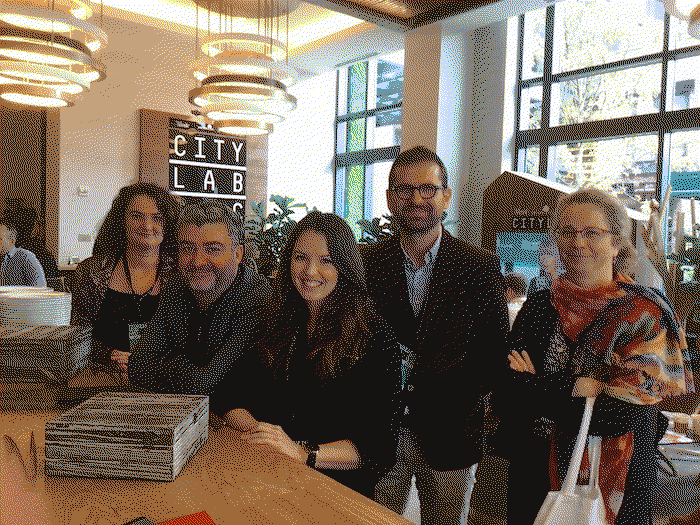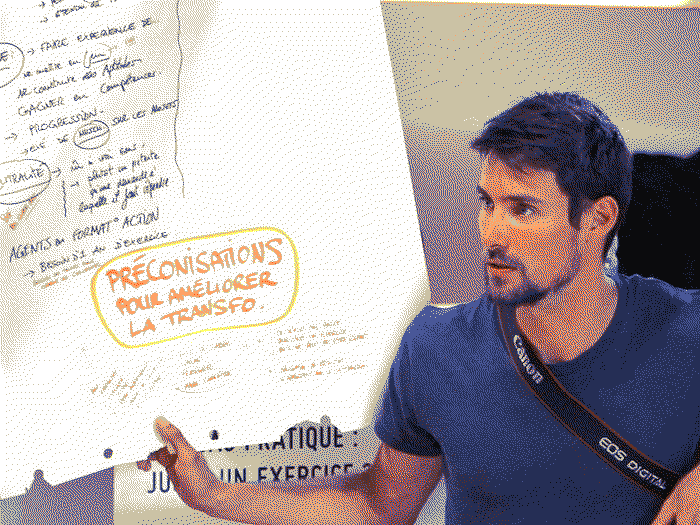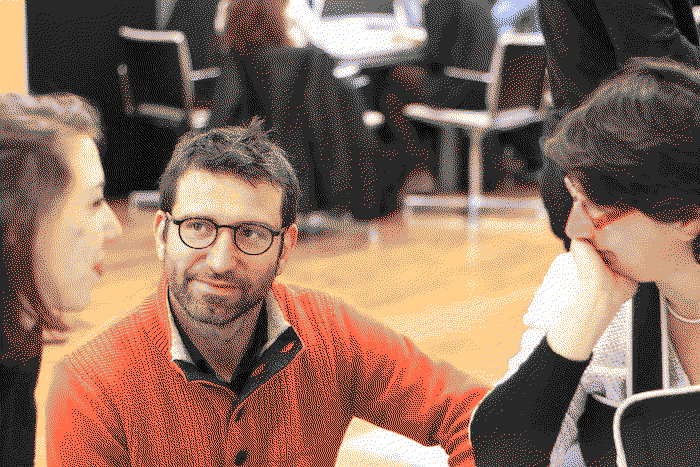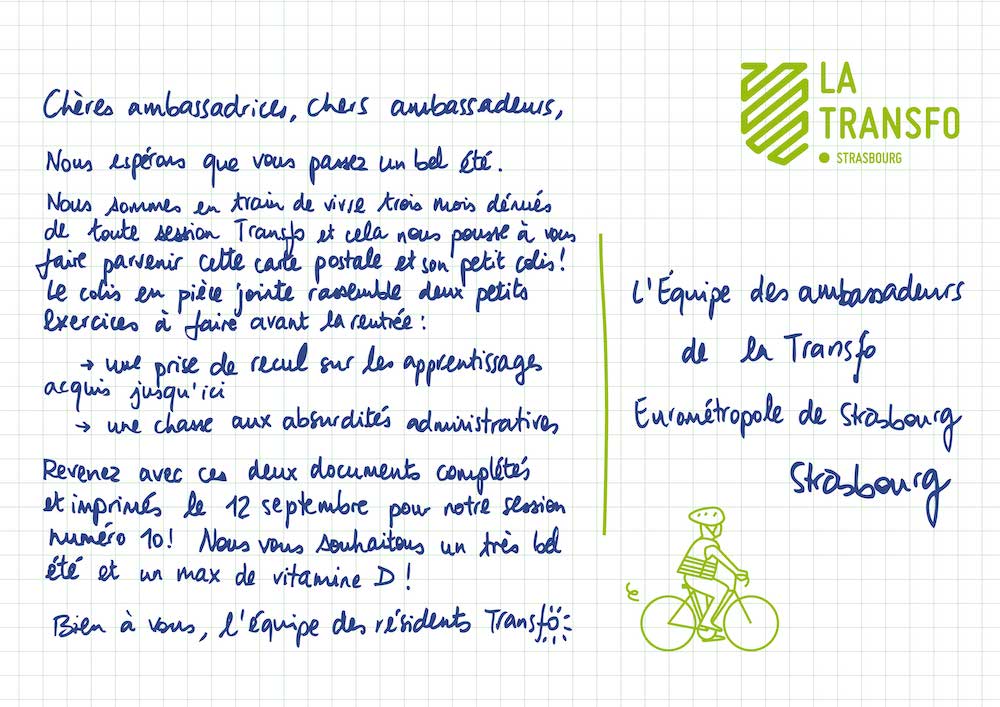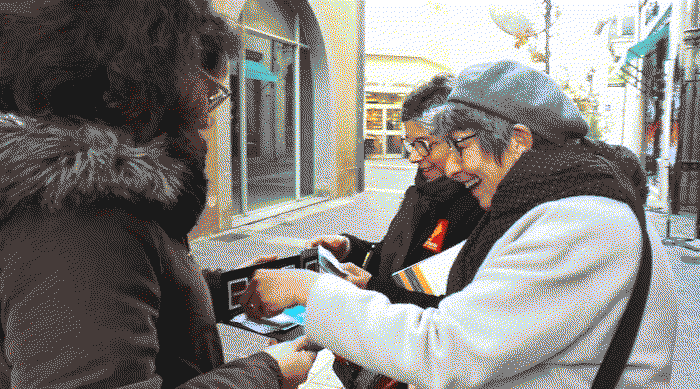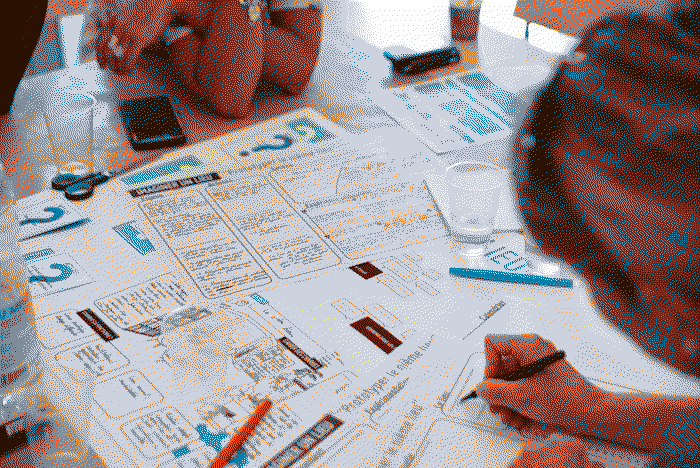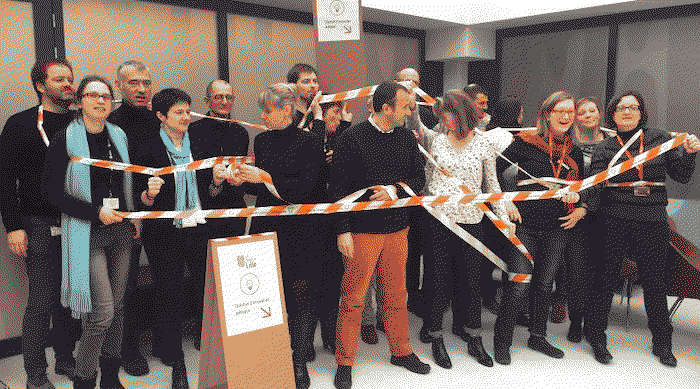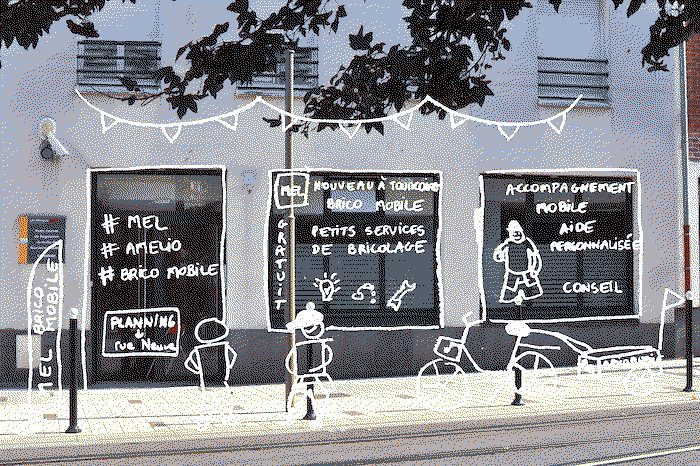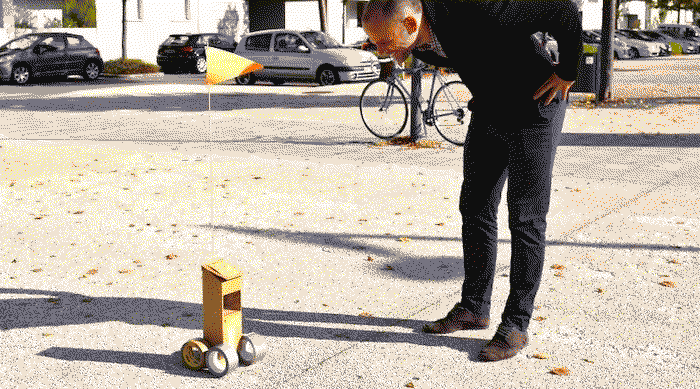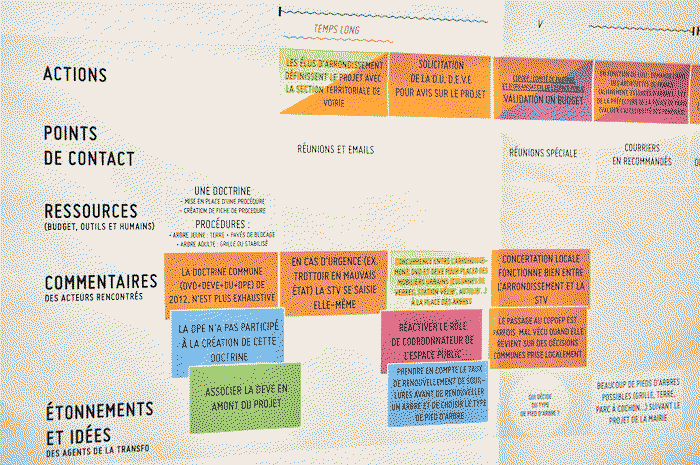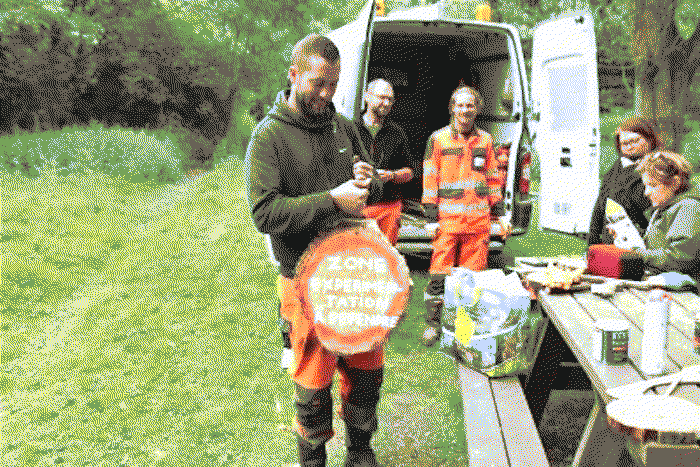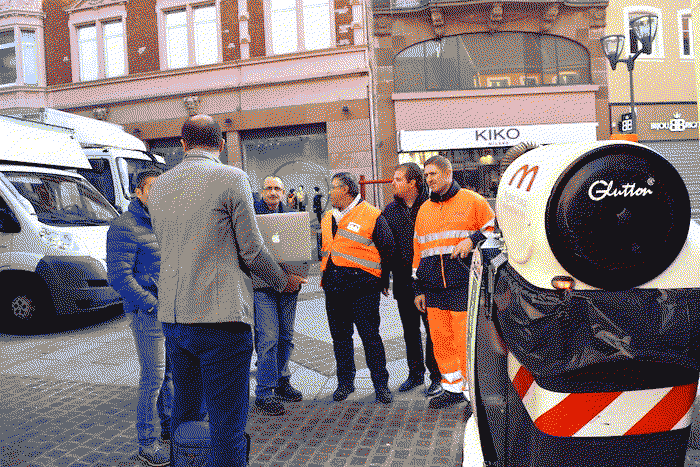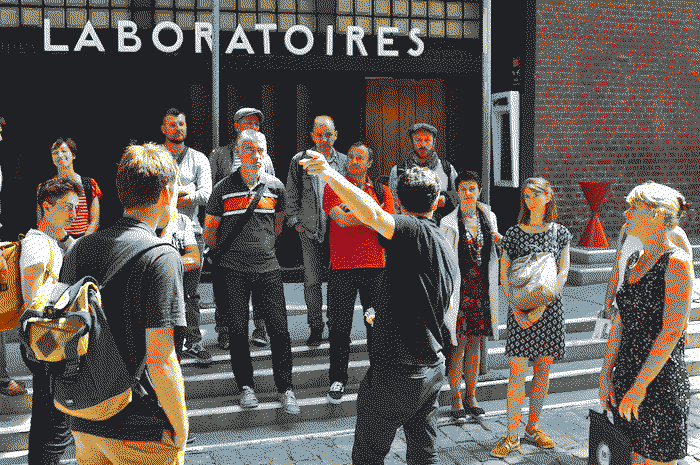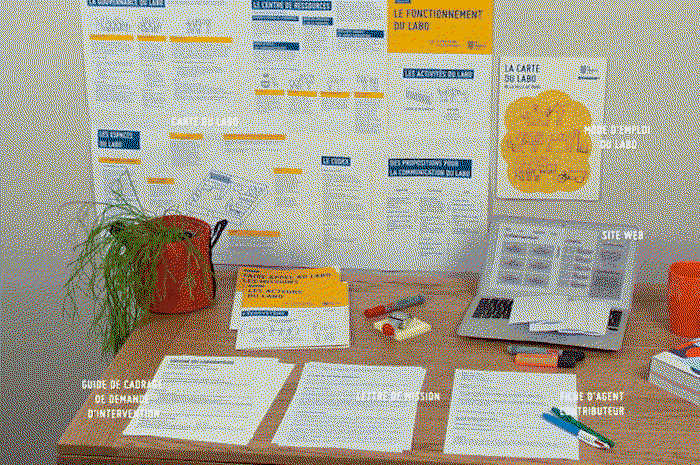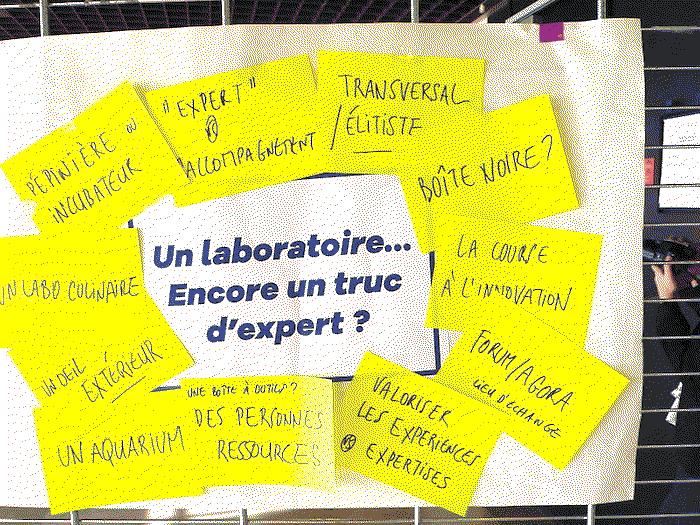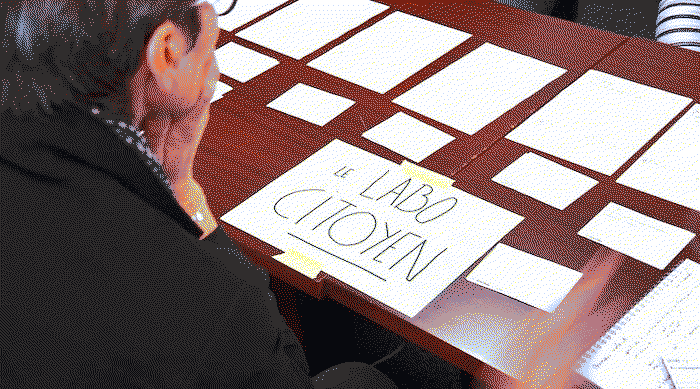From the standpoint of acculturation to the challenges and methods for public transformation
the duration of the program left sufficient time for the ambassador agents to discover,
experiment, obtain a critical eye, gain perspective on the specifics of the municipality and
on other public innovation lab experiments, etc. It also allowed for carrying out various
tests and for taking advantage of any opportunities that cropped up, with some practical
cases turned more towards learning/apprenticeship and others that changed into
proof-of-concept trials with a particularly conclusive result (which is often difficult to
anticipate!). The duration also allowed for leadership of the future lab to emerge.
From the standpoint of mobilizing the ambassador agents and of creating a group dynamic
the duration and pace of the program were hard to maintain in all the La Transfos: workloads
of agents without specific posts, changes in posts (or even in municipality), a decline in
motivation, etc. This was confirmed in the final sessions, where participation was spotty,
and attendance reduced to around ten persons.
From the standpoint of co-building the lab
the pace of the sessions did not necessarily correspond to the time required for thinking
about the lab, for engaging in negotiations and for taking any decisions concerning it. The
fast pace at the end of La Transfo in particular, with sessions focussed on the future lab
organized quite close together, turned out to be very restrictive and occurred too fast to
allow the administration to organize itself and form validations.
From the standpoint of organizing the work of the residents (the professionals mandated to
lead the initiative)
the duration and pace of the program allowed for understanding the authority’s organization,
its culture and in-house geopolitics and for identifying its challenges. The fast pace was
nonetheless highly restrictive, making it hard to take a step back for an objective look and
for the residents to organize work between sessions, and namely in order to schedule work in
the field (the drawback of flexibility!); this led to a lack of visibility and the
incapacity to project into the future, to anticipate the results of practical cases, for
instance, etc.
